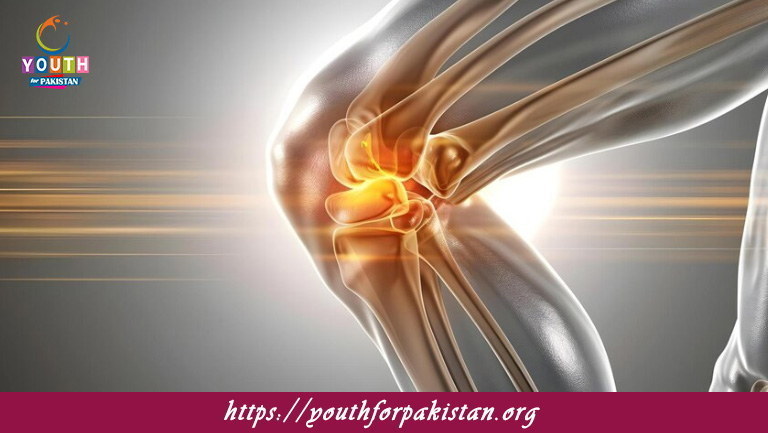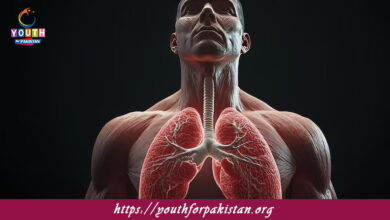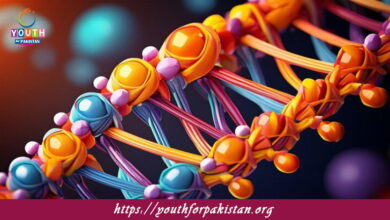Cartilage MDCAT Quiz with Answers

Cartilage MDCAT Quiz: Cartilage is a flexible, connective tissue found in various parts of the human body. It provides structure, support, and cushioning, and unlike bones, it is neither hard nor mineralized; rather, it has greater flexibility and resilience. Understanding the structure, types, and functions of cartilage is of utmost importance to MDCAT students, especially since cartilage plays a key role in the movement of joints and providing protection to some vital organs. The MDCAT MCQs on cartilage shall test your knowledge regarding types of cartilage, locations, and functions of cartilage within the body.
Types of Cartilage
There are three main types of cartilage: hyaline, elastic, and fibrocartilage. The most common type is hyaline cartilage, which is found in the nose, trachea, and ends of long bones, providing smooth surfaces for movement and reducing friction in joints. Elastic cartilage is more flexible and found in structures like the ears and the epiglottis, allowing them to maintain shape while being flexible. Fibrocartilage is the toughest type and is found in areas subjected to heavy pressure, such as intervertebral discs and the knee menisci, providing cushioning and preventing wear and tear. The MDCAT Quiz will help you understand these cartilage types, their locations, and their specific roles in the body.
Functions of Cartilage
Cartilage performs quite a few critical functions in the body, such as providing support and maintaining the structure of several entities. In the joints, cartilage acts to cushion, decreases friction, and absorbs shock with each movement of the joints. It also assists in the structure of some portions of the human body, for example, the nose, the ears, and the ribs. Cartilage also plays a part in the development of long bones by means of the process of endochondral ossification. This Free Flashcard on the functions of cartilage will enable you to review key facts easily and understand what role cartilage plays in the human body’s overall structure and function.
Quiz on Cartilage
Taking a quiz on cartilage with MDCAT will demonstrate your understanding of the various types of cartilage and their functions within the body. The quiz is designed to demonstrate the structure and function of hyaline, elastic, and fibrocartilage, the locations, and functions of those in joint protection and organ support. Moreover, using Free Flashcards will also help you in memorizing these details about cartilage types and physiological roles, guaranteeing that you are well-prepared for your exam.
Experience the real exam environment with our expertly designed collection of over 25,000 MCQs MDCAT Mock Tests.






